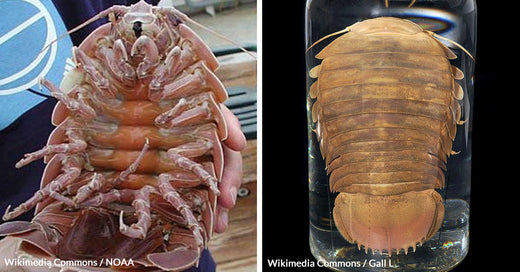Deep Ocean Exploration Reveals Stunning New Damselfish Species
In a remarkable advancement for marine biology, scientists from the California Academy of Sciences have discovered a new species of damselfish, Chromis abadhah, inhabiting the deep-sea coral reefs of the Maldives.
This discovery is part of the Academy’s extensive efforts in 2024, during which they described 138 new species, significantly enhancing our understanding of marine biodiversity.

Photo: Pexels
Scientists have discovered a new damselfish species in the Maldives.
Exploring the Mesophotic Zone
Chromis abadhah resides in the mesophotic coral ecosystems, also known as the twilight zone, situated between 100 to 500 feet below the ocean’s surface. As Forbes reports, these reefs are characterized by limited sunlight, creating unique habitats for specialized marine life.
Measuring approximately 6.9 cm in length, this damselfish showcases a pearlescent white body with pale blue undertones, darker along its back and lighter beneath its eyes. The reflective scales and subtle coloration likely serve as camouflage amidst the complex reef structures, Oceanographic Magazine notes.
The species was first identified using hand nets around the Lhaviyani Atoll and subsequently found across eight locations spanning 180 kilometers from Faadhippolhu to Dhaalu Atoll. Its proximity to sea sponges suggests a preference for areas that provide both shelter and abundant food sources, Phys.org reports.

Photo: Pexels
The species is named Chromis abadhah.
Significance of the Discovery
The identification of Chromis abadhah underscores the vast unexplored potential of mesophotic reefs. Unlike shallow reefs, these deeper ecosystems harbor species adapted to low-light conditions, many of which remain undocumented.

Photo: Pexels
Chromis abadhah inhabits deep-sea coral reefs.
Human Impact on Deep-Sea Reefs
Despite their remote locations, deep-sea coral reefs are not untouched by human activities. Evidence of pollution, such as plastic debris and discarded fishing lines, along with signs of coral bleaching, were observed even in these lesser-explored areas, Forbes reports.
The discovery of Chromis abadhah serves as a critical reminder of the pervasive reach of human influence, highlighting the urgent need for conservation efforts even in the most secluded underwater environments, Oceanographic Magazine maintains.
The species’ habitat, though relatively protected from some threats like rising ocean acidity, remains vulnerable to other forms of pollution and physical disturbances, Phys.org reports.
Pearlescent Blue Damselfish Just Discovered In The Maldives, study out of @CalAcademy, published by @ZooKeys_Journal
— welcome to my nightmare ⧖ Ⓥ4B SciComm @Forbes (@GrrlScientist) December 5, 2024
by @GrrlScientist#MesophoticZone #CoralReefs🪸 #ecosystems #MarineBiology #NewSpecies #Fish🐠 #SciComm🧪 https://t.co/hJWzXJQI10 [pic.twitter.com/HVgDL36tiq](http://pic.twitter.com/HVgDL36tiq)
Collaborative Efforts and Future Research
The discovery was made possible through the collaboration between the California Academy of Sciences, the Maldives Marine Research Institute, and the Rolex Perpetual Planet initiative. This partnership not only facilitated the exploration of deep-sea reefs but also provided the necessary funding to support such groundbreaking research, The Cooldown reports.
Future research aims to explore the ecological roles of newly discovered species like Chromis abadhah and assess the overall health of mesophotic reefs. Understanding these dynamics is essential for developing targeted conservation strategies to preserve these unique ecosystems, Phys.org reports.

Photo: Pexels
The species resides in the mesophotic coral ecosystems.
The discovery of Chromis abadhah marks a significant milestone in marine biology, revealing the intricate and largely unexplored world beneath the Maldives' deep-sea coral reefs.
As scientists continue to unveil the mysteries of mesophotic ecosystems, the imperative to protect these hidden habitats becomes increasingly clear. This new damselfish not only enriches our understanding of marine life but also serves as a call to action to preserve the delicate balance of our planet’s underwater realms.





























































































































































































































































































































































